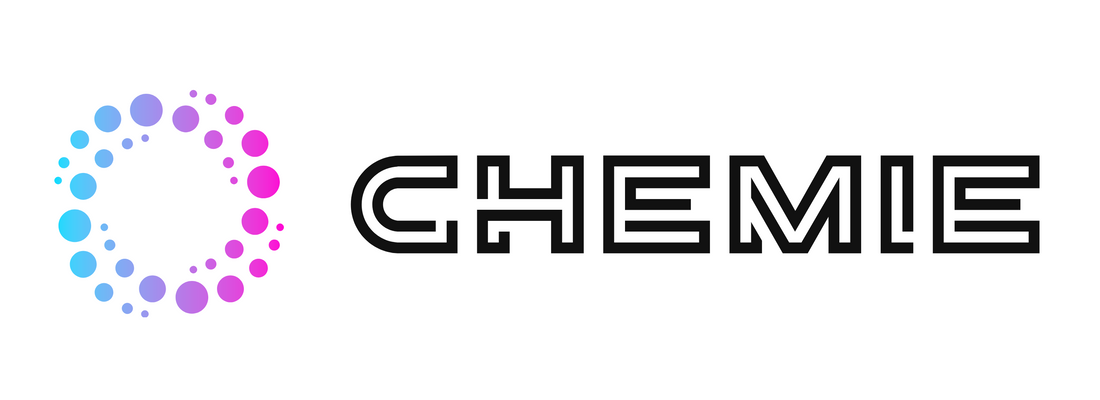Not known Details About Chemie
Table of ContentsNot known Details About Chemie Rumored Buzz on Chemie7 Easy Facts About Chemie DescribedWhat Does Chemie Mean?Chemie Fundamentals ExplainedThe Best Strategy To Use For Chemie
By Bojanna Shantheyanda, Sreya Dutta, Kevin Coscia and David SchiemerDynalene, Inc. Liquid cooling, which can be attained utilizing indirect or direct ways, is made use of in electronics applications having thermal power densities that might surpass risk-free dissipation with air cooling. Indirect liquid cooling is where warmth dissipating electronic components are physically divided from the fluid coolant, whereas in instance of direct cooling, the parts remain in straight contact with the coolant.In indirect air conditioning applications the electric conductivity can be crucial if there are leakages and/or splilling of the fluids onto the electronic devices. In the indirect cooling applications where water based fluids with rust inhibitors are normally used, the electric conductivity of the fluid coolant mostly relies on the ion focus in the fluid stream.
The increase in the ion focus in a shut loophole liquid stream might take place due to ion seeping from metals and nonmetal parts that the coolant fluid is in call with. Throughout procedure, the electrical conductivity of the liquid may enhance to a level which can be hazardous for the air conditioning system.
The Chemie PDFs
(https://chemie999.edublogs.org/2025/01/09/dielectric-coolant-the-key-to-efficient-heat-transfer-in-modern-systems/)They are grain like polymers that are capable of trading ions with ions in a service that it touches with. In today job, ion leaching examinations were carried out with various steels and polymers in both ultrapure deionized (DI) water, i.e. water which is dealt with to the highest possible levels of pureness, and reduced electrical conductive ethylene glycol/water mixture, with the measured change in conductivity reported over time.
The examples were enabled to equilibrate at area temperature level for two days prior to videotaping the initial electric conductivity. In all tests reported in this research fluid electrical conductivity was determined to a precision of 1% making use of an Oakton disadvantage 510/CON 6 series meter which was adjusted before each measurement.
The Single Strategy To Use For Chemie
from the wall surface home heating coils to the center of the heating system. The PTFE example containers were positioned in the heater when constant state temperature levels were gotten to. The test setup was removed from the heater every 168 hours (7 days), cooled to room temperature with the electrical conductivity of the fluid measured.
The electric conductivity of the liquid sample was checked for an overall of 5000 hours (208 days). Number 2. Schematic of the indirect closed loop cooling down experiment set up - silicone synthetic oil. Table 1. Elements utilized in the indirect shut loophole cooling experiment that touch with the liquid coolant. A schematic of the experimental setup is received Figure 2.

Getting My Chemie To Work
The modification in liquid electric conductivity was monitored for 136 hours. The fluid from the system was collected and stored.

0.1 g of Dowex material was contributed to 100g of fluid examples that was taken in a different container. The combination was stirred and change in the electric conductivity at room temperature was determined every hour. The determined adjustment in the electric conductivity of the UP-H2O and EG-LC examination fluids having polymer or steel when engaged for 5,000 hours at 80C is shown Figure 3.
Examine This Report on Chemie
Ion leaching experiment: Measured change in electrical conductivity of water and EG-LC coolants including either polymer or steel examples when submersed for 5,000 hours at 80C. The results indicate that steels added fewer ions into the liquids than plastics in both UP-H2O and EG-LC based coolants.
Fluids including polypropylene and HDPE displayed the least expensive electrical conductivity adjustments. This can be because of the brief, stiff, straight chains which are much less likely to add ions than longer branched chains with weak intermolecular forces. Silicone also did well in both examination fluids, as polysiloxanes are typically chemically inert as a result of the high bond energy of the silicon-oxygen bond which would certainly stop degradation of the product right into the liquid.
The Basic Principles Of Chemie
It would be anticipated that PVC would certainly produce similar outcomes to those of PTFE and HDPE based upon the similar chemical frameworks of the products, however there might be various other pollutants existing in the PVC, such as plasticizers, that might influence the electric conductivity of the fluid - fluorinert. Furthermore, chloride teams in PVC can additionally seep into the test fluid and can create a boost in electric conductivity
Buna-N rubber and polyurethane revealed indicators of destruction and thermal decomposition which suggests that their feasible utility as a gasket or adhesive product at greater temperature levels could cause application issues. Polyurethane entirely disintegrated right into the test liquid by the end of 5000 hour test. Figure 4. Prior to and after pictures of steel and polymer samples submersed for 5,000 hours at 80C in the ion seeping experiment.
Calculated modification in the electrical conductivity of UP-H2O coolant as a function of time with and without resin cartridge in the closed indirect cooling loophole experiment. The determined change in electrical conductivity of the UP-H2O for 136 hours with and without ion exchange material in the loop is displayed in Number 5.